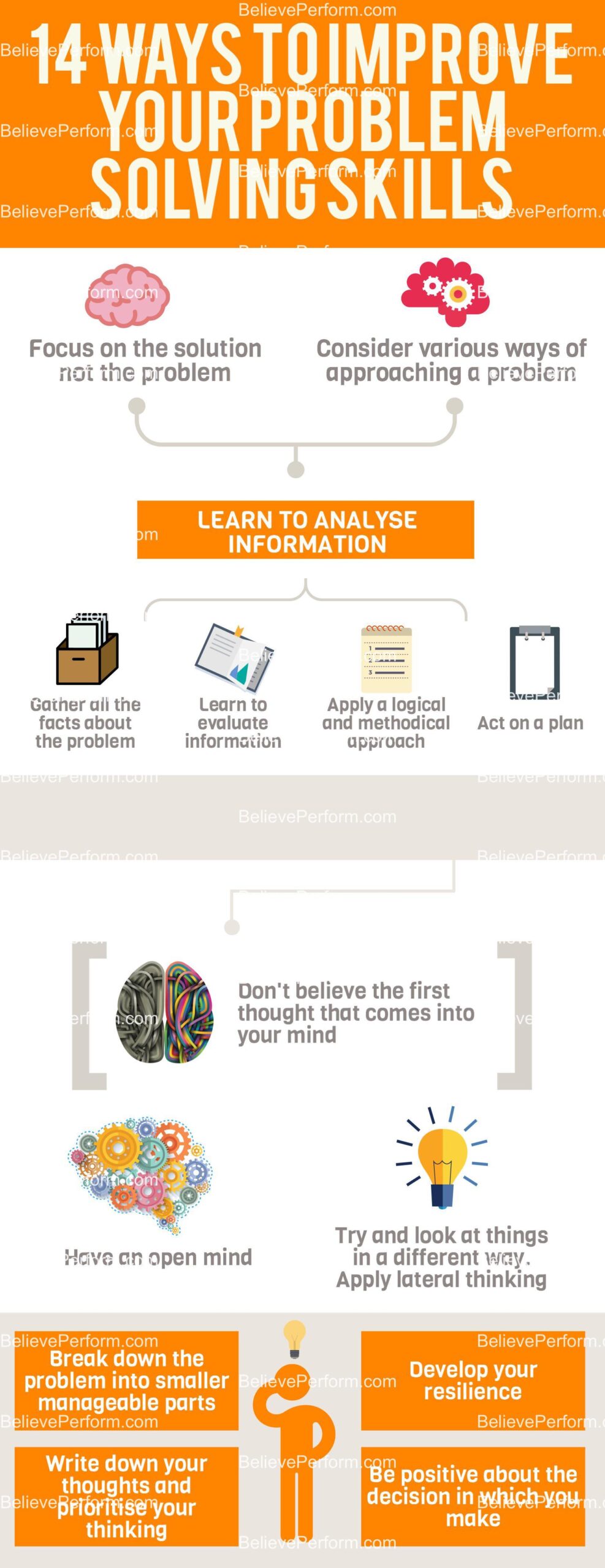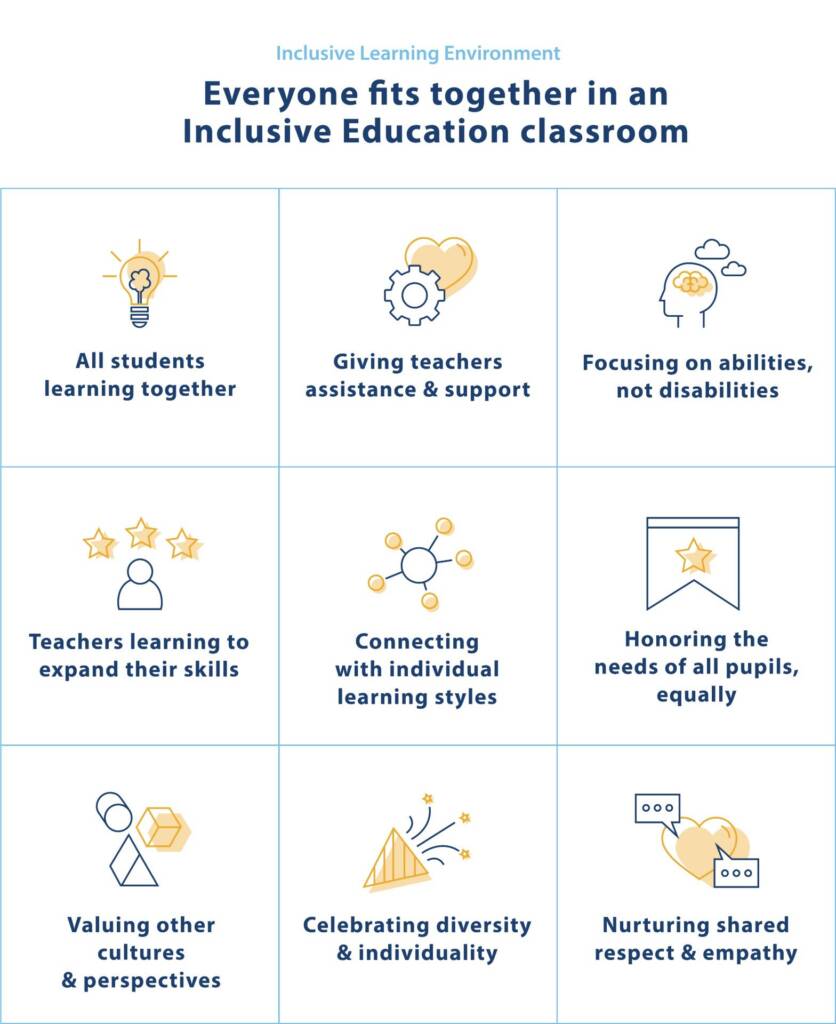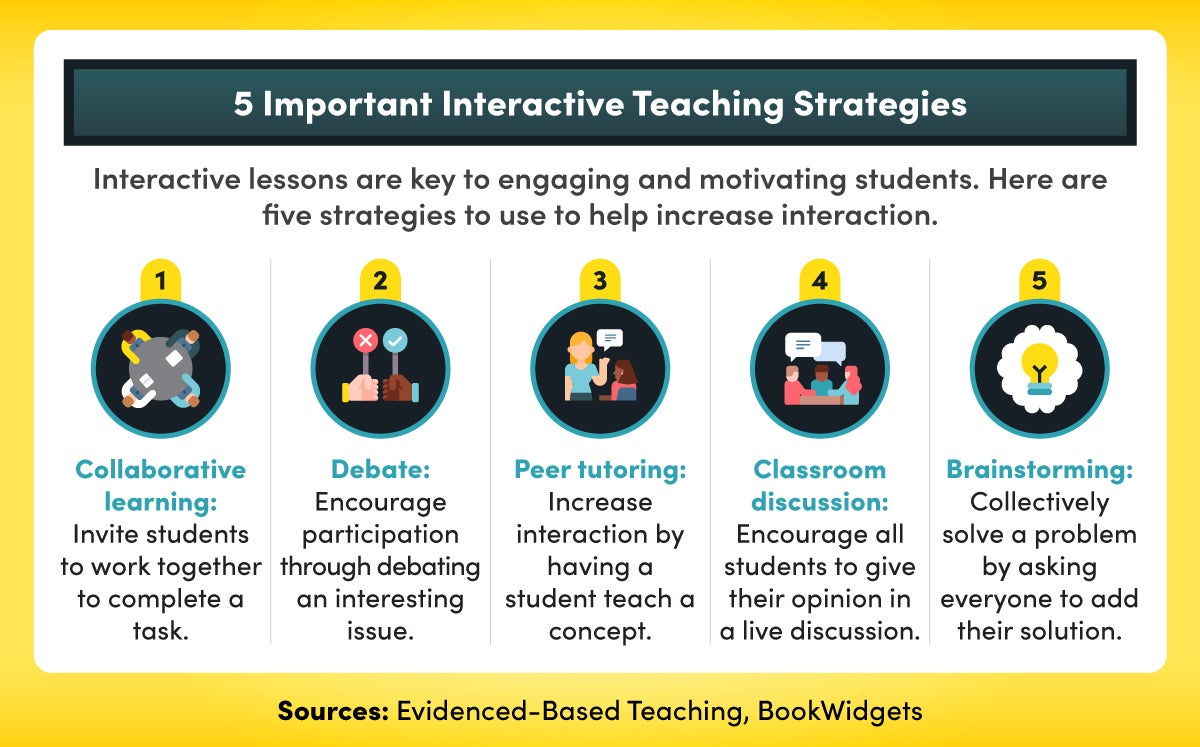Imagine a classroom where students dive deep into learning, exploring complex concepts through hands-on projects that ignite their creativity. This is the essence of Project-Based Learning (PBL), a dynamic approach that fosters critical thinking and collaboration. Embracing this methodology transforms traditional education into an engaging journey of discovery, making intricate subjects accessible and exciting for all learners.
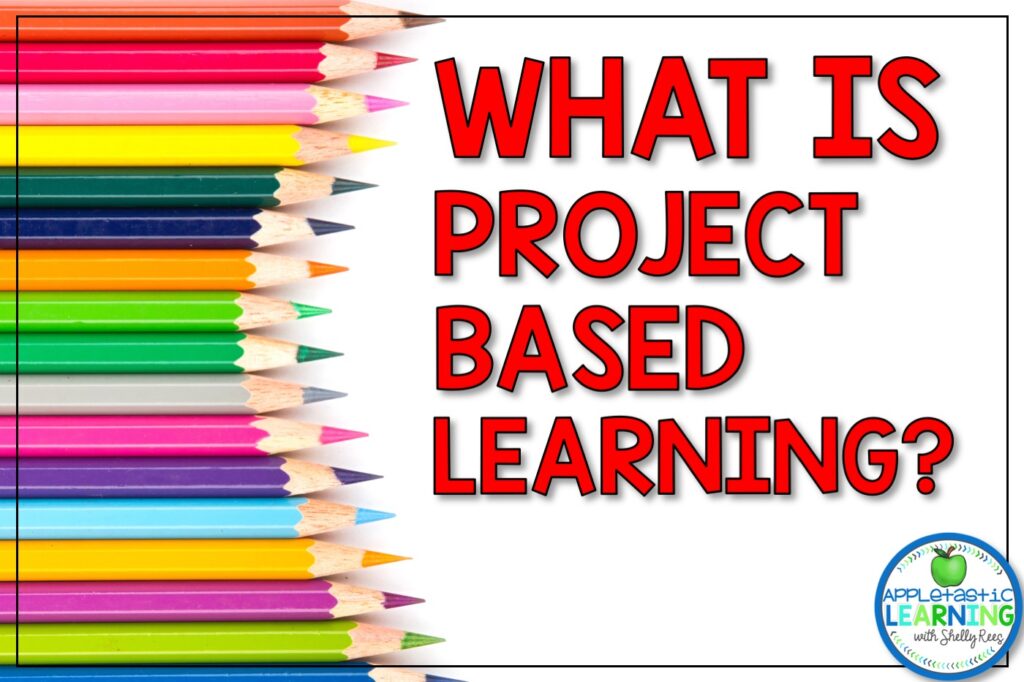
Understanding the Need for Project-Based Learning
Incorporating project-based learning into your teaching strategy allows educators to facilitate deeper understanding through exploration and application. Rather than simply memorizing facts, students engage with the material, asking questions and seeking answers in a way that traditional lectures often fail to achieve. By encouraging this active engagement, educators enhance students’ motivation and retention of complex concepts.
The Significance of Engaging Students with PBL
Utilizing project-based learning in the classroom has a profound impact on students’ overall educational experience. Engaging in authentic projects empowers learners to connect knowledge with real-world applications, bridging the gap between theory and practice. Students become active participants in their own learning journey, fostering a sense of ownership and pride in their accomplishments, which is crucial in mastering challenging topics.
Identifying Optimal Opportunities for Implementation
Strategically incorporating PBL during key instructional periods can significantly enhance understanding. Begin with complex subjects that traditional teaching methods struggle to clarify. Moreover, integrating PBL during pivotal lessons, assessments, or thematic units encourages students to apply their knowledge actively, transforming their grasp of challenging topics.
Exploring the Advantages of PBL
Adopting project-based learning not only enriches curriculum delivery but also cultivates essential skills such as collaboration, problem-solving, and critical analysis. These competencies are indispensable in today’s rapidly evolving workforce. By encouraging collaborative projects, students learn to communicate effectively and value diverse perspectives, preparing them for future challenges beyond the classroom.
Frequently Asked Questions
1. What types of projects work best for teaching complex concepts?
Hands-on projects that encourage collaboration and creativity tend to be most effective. Consider science experiments, community service projects, or interdisciplinary initiatives that allow for exploration and application of concepts.
2. How can teachers assess students’ understanding in PBL?
Evaluation can be accomplished through a combination of self-assessments, peer reviews, and reflective journals. Rubrics can help clarify expectations and provide a structured way to measure student progress and understanding.
3. What resources are essential for implementing PBL?
Essential resources include access to materials for projects, technology for research and collaboration, and connections with community experts who can act as mentors during the project.
4. Can PBL be adapted for all grade levels?
Absolutely! Project-based learning can be tailored to fit any grade level, focusing on age-appropriate topics and complexity that match the learners’ developmental stages.
How to Use Project-Based Learning to Teach Complex Concepts
The primary target of employing project-based learning is to create an engaging environment that supports deep understanding. Reflecting on my own experience, I introduced a PBL unit around climate change. Students researched different aspects of the issue and worked in groups to develop community awareness campaigns. Through this engaging format, they not only grasped complex scientific principles but also learned how to communicate effectively about a pressing global issue. Observing their passion and creativity solidified my belief in the power of PBL.
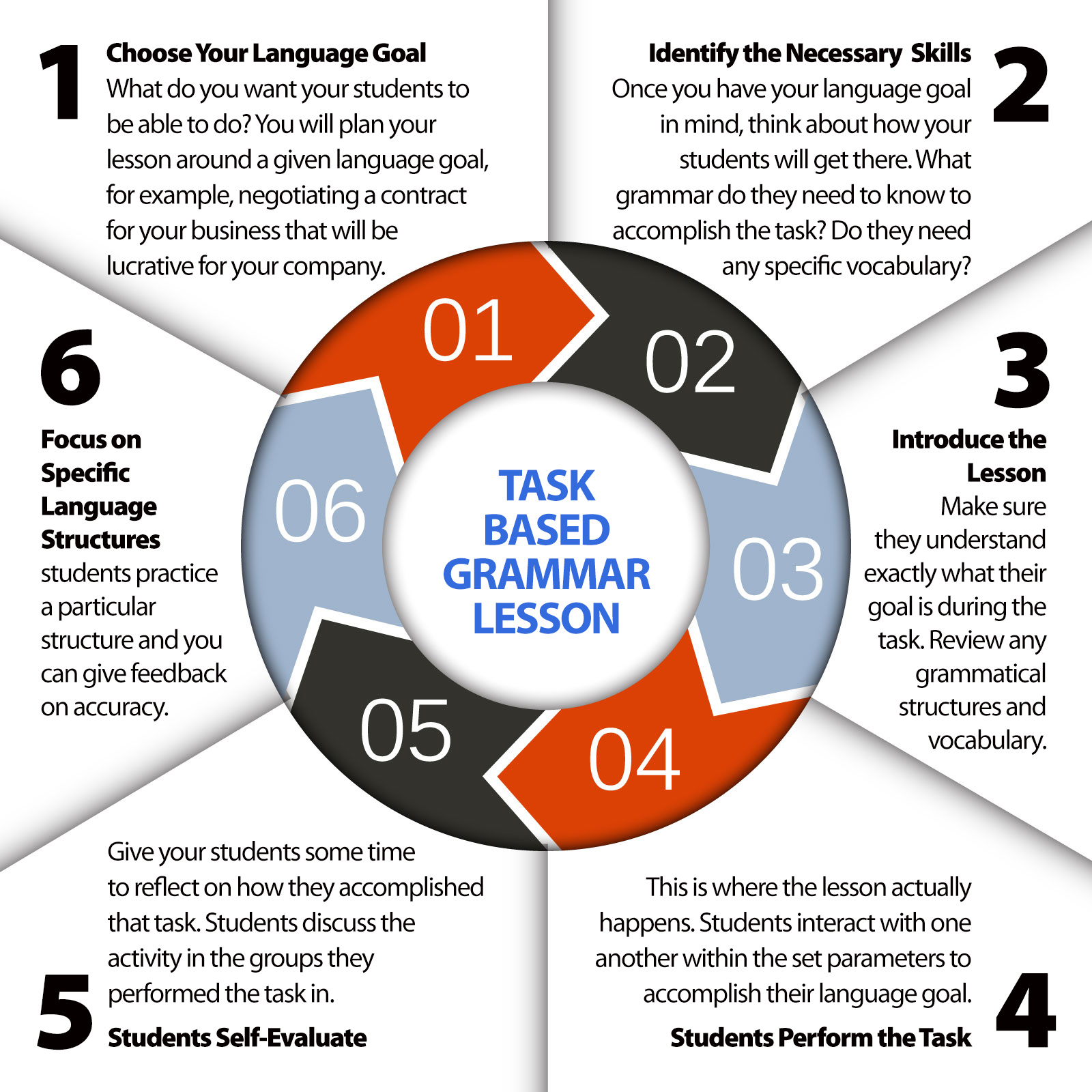
Conclusion of How to Use Project-Based Learning to Teach Complex Concepts
Utilizing project-based learning to teach complex concepts can revolutionize classroom experiences, fostering a dynamic learning atmosphere. By actively engaging students with authentic projects, educators can enhance comprehension, prepare them for real-world challenges, and cultivate a lifelong love for learning. As educators embrace this innovative approach, the new possibilities for student engagement and understanding of intricate ideas are boundless.
If you are searching about What is Project Based Learning? – Appletastic Learning you’ve came to the right web. We have 8 Pictures about What is Project Based Learning? – Appletastic Learning like Project-based learning (PBL), Project Based Learning Model | Hot Sex Picture and also How To Plan A Task Based Grammar Lesson: 6 Easy Steps. Here it is:
What Is Project Based Learning? – Appletastic Learning
appletasticlearning.com
appletasticlearning
Project-based Learning (PBL)
www.linkedin.com
The Mozilla Web Literacy Framework Is A Tool For Framing Web Literacy
courses.marksamberg.com
Project Based Learning Model | Hot Sex Picture
www.hotzxgirl.com
PBL – Lonnie Matteson
canalrebeldesbr.blogspot.com
How To Plan A Task Based Grammar Lesson: 6 Easy Steps
busyteacher.org
task strategies busyteacher
Tails Of Teaching: What Is Project Based Learning?
www.tailsofteaching.com
based learning project started get teaching
Top 4 Benefits Of Project-Based Learning For School Students
www.swarnprastha.com
learning based project pbl school students learn kids benefits top exploration helps between legacy
How to plan a task based grammar lesson: 6 easy steps. Tails of teaching: what is project based learning?. The mozilla web literacy framework is a tool for framing web literacy
